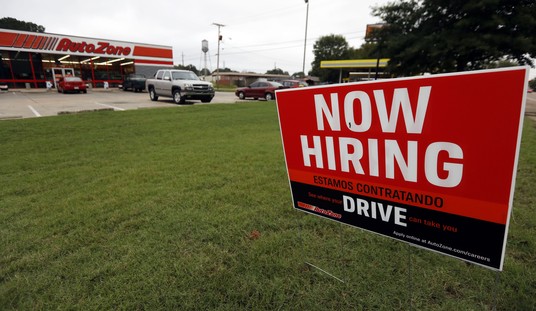British Petroleum and the federal government are both claiming victory today after an experimental process to stop the flow of oil from a blowout in the Gulf appears to have succeeded. The “top kill” process dumped mud into the broken pipe, effectively snuffing out the spewing of thousands of barrels of oil (via Instapundit):
Engineers have succeeded in stopping the flow of oil and gas into the Gulf of Mexico from a gushing BP well, the federal government’s top oil spill commander, Adm. Thad Allen, said Thursday morning.
The so-called “top kill” effort, launched Wednesday afternoon by industry and government engineers in Houston, has pumped enough drilling fluid to block all oil and gas from the well, Allen said. The pressure from the well is very low, but persistent, he said.
Once engineers have reduced the well pressure to zero, they will begin to pump cement into the hole to entomb the well. To help that effort, he said, engineers are also pumping some debris into the blowout preventer at the top of the well.
That’s pretty good timing for today’s presser, but undeniably just great news altogether. It verifies a more or less speculative solution that apparently was the last guess at stopping the oil. “Top kill” had worked at much shallower depths in the past, but so had the bell cap process, too, which turned out to be unsuitable for 5,000 feet.
However, the trouble may not yet be past. The ship pumping the mud has run out of material; a second ship is on the way. The shell of mud may still blow open from the upward pressure, but that could be resolved by more applications of “top kill.”
Now all that is left is the cleanup — and that will take much, much longer than plugging the leak did. Expect this to drag on for months and perhaps years.








Join the conversation as a VIP Member